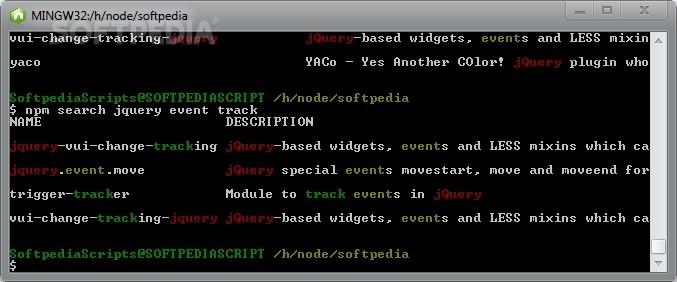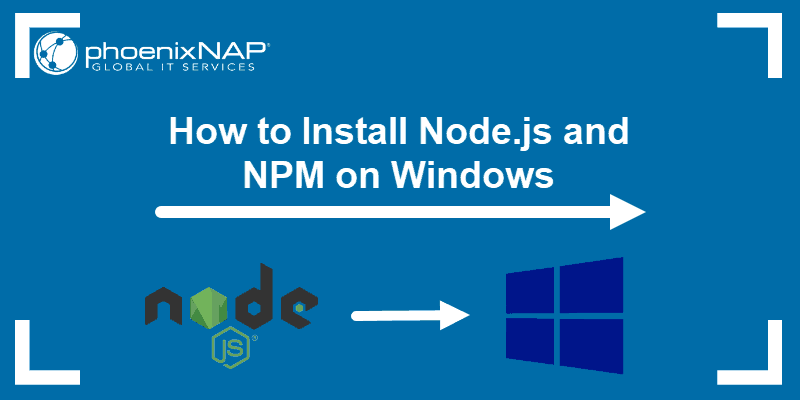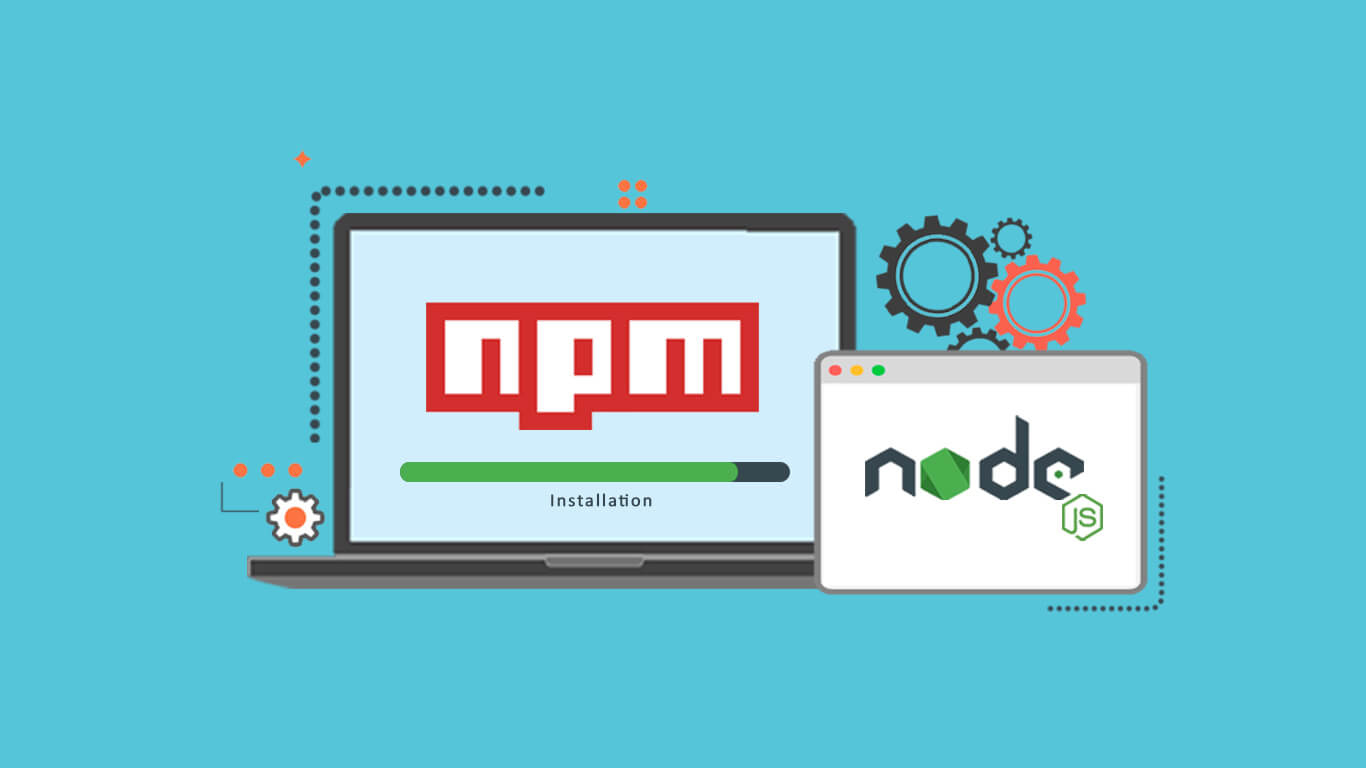

Once both versions are installed, list the Node.js instances by typing: nvm ls -> v8.9.4 To better explain how nvm works we’ll install two more versions, the latest LTS version and version 8.9.4. Verify the installation: node -version v12.3.1

You can now install the latest available version of Node.js by running: nvm install node To ensure that nvm is properly installed type: nvm -version 0.34.00 "$NVM_DIR/bash_completion" # This loads nvm bash_completionĪs the output says, you can either open a new shell session or run those commands that will add the nvm path to your current session. => Close and reopen your terminal to start using nvm or run the following to use it now: The installation script will clone the nvm repositoryįrom Github to the ~/.nvm directory and add the nvm path to your Bash profile. Which will download and run the nvm installation script: curl -o- | bash To install nvm run the following curl command Use this method if you need to install a specific Node.js version or if you need to have more than one Node.js versions installed on your Raspberry Pi. NVM (Node Version Manager) is a bash script that allows you to install and manage multiple Node.js versions. You have successfully installed Node.js and npm on your Raspberry Pi board. To verify the installation, run the following command which will print the Node.js version: node -version v10.16.0 Once the repository is enabled, install Node.js and npm by typing: sudo apt install nodejs If you want to install Node.js version 8.x just change setup_10.x with setup_8.x Strapi also offers a starters CLI to create a project with a pre-made frontend application (see our dedicated blog post).The current LTS version of Node.js is version 10.x, Dubnium. -no-run: Prevent Strapi from automatically starting the server (useful in combination with -quickstart).įor more information on available flags, see our CLI documentation.-typescript/ -ts: Create a project in TypeScript.-template: Create a project with pre-made Strapi configurations (see Templates).-quickstart: Directly create the project in quickstart mode.There are other options that can be used when creating a new Strapi project, for example: The above installation guide only covers the basic installation option using the CLI. (Custom installation type only) Name your project's database. (Custom installation type only) Among the list of databases, choose a database for your Strapi project. Custom (manual settings), which allows to choose your preferred database.

Quickstart (recommended), which uses the default database (SQLite).


 0 kommentar(er)
0 kommentar(er)
